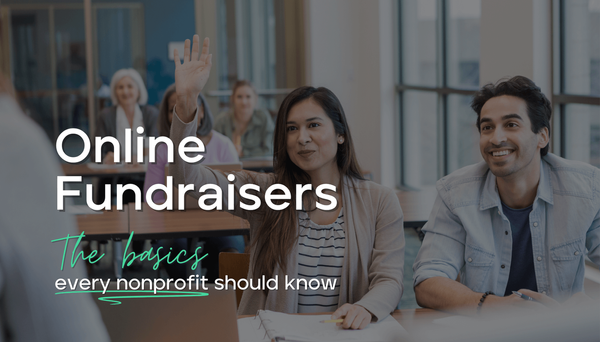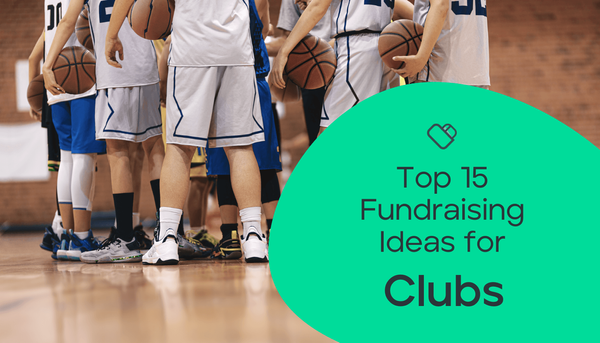Campaign Page Best Practices
List of best practices to consider when creating you online fundraising campaign.
Campaigns are a vital piece of online fundraising for nonprofits. They help provide focus for donors on what your organization needs most right now. According to NextAfter, people who give to campaigns are likely quicker to act than those who give to your general fund. Many times, donations to campaigns can be directly attributed to outreach efforts from your nonprofits, such as an email campaign. This is in contrast to general donations, which tend to occur after a research process.
There are a few essential pieces to success when fundraising for a campaign. Fortunately, Donately has many of those pieces covered by default with our campaign pages. Things like social validation (how many other people have given) and the context of success (goal bar) are standard across all Donately pages. Other very helpful pieces specific to online fundraising, such as mobile responsiveness and customized donation forms, are also standard.
There are a few pieces that your organization will need to think through, though. This article provides the best practices for what your organziation can control.
Headline
The headline is probably the most important element of any campaign page. Since this is the first thing that most people will see when they land on your campaign page, so you should make it clear what their donation is going to do. Instead of using that space to thank the perspective donor, educate them. Use the headline space to show the specific benefit their donation is providing.
Instead of "Support Our Food Drive", think "Provide Meals to Families In Need". Subtle difference, but that connection can increase your conversion rate.
Content
Use the main content of the page to explain the campaign and what the donor will be doing by providing their donation. Now that you've used the headline to tell the visitor exactly what the campaign is about, expand on it. You can include a short story in the body copy, but you want to be sure you're leading with the direct effect of the donations.
Instead of "Our Organization is the only community food pantry delivering food to those in need", think "Your financial support will help us deliver on our goal of feeding all of in need in our community."
If you have a video that shows what this campaign is all about, putting this in your content area is hugely beneficial. However, be sure to include text that can accompany and reinforce the content in the video.
Imagery
For a campaign page, the imagery should not be the focal point. You do not want the image to distract, but rather adding to the ask for the campaign. Use images that demonstrate what you're trying to accomplish without taking away from your message.
Another great way to use imagery is to help shape the story of your content. For example, instead of listing out bullet points that highlight the four pillars of your organziation, you can use an illustration to bring those pillars to life. In this scenario, you wouldn't lose any of the content by removing the bullet points, but rather make it more intereting to read.
Urgency
Finally, campaigns are meant to be temporary. They are specific causes that help to accomplish specifc goals in a specific timeframe. Highlight this urgency in your message. This doesn't necessarily have to go right on your campaign page (though this doesn't hurt), but should definitely be present in any advertisement of your campaign.
That being said, try to avoid guilting folks into giving before deadlines. Focus on what can be accomplished if the goal is met in a timely mannor. Instead of "We must hit our goal this year or else we risk a shutdown, think "Hitting our goal before January 1st ensures another year of providing healthy meals to our neighbors."





